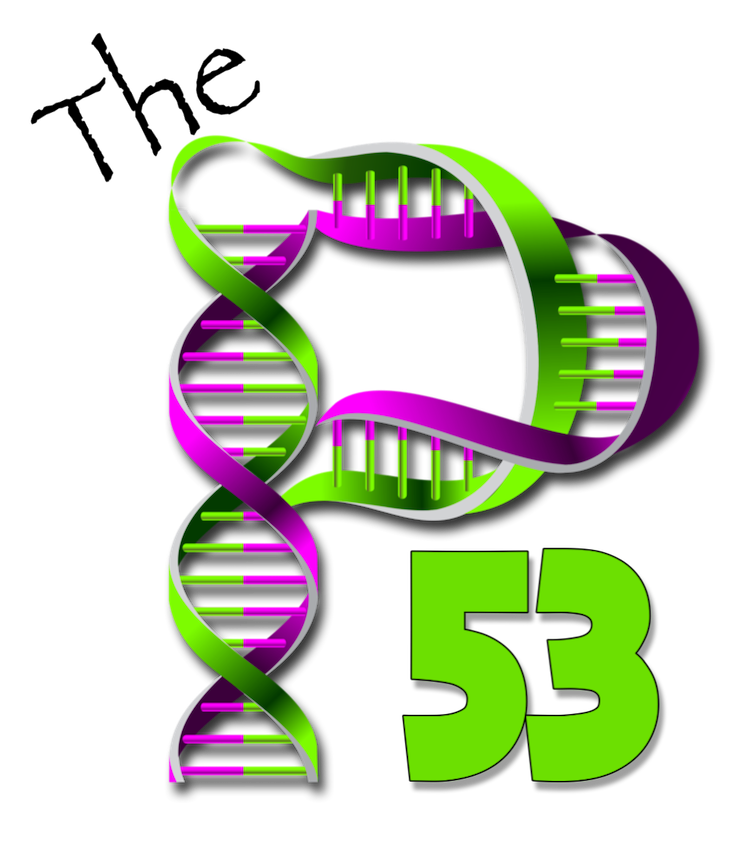By David W. Brown
Ionization inside the body refers to the generation and regulation of charged particles (ions) during normal biological processes. Unlike harmful uncontrolled ionization from radiation exposure, controlled ionization is a fundamental and safe part of life. Every cell relies on carefully regulated ion flows to maintain function, communicate, and generate energy.
1. Ion Channels and Membrane Potentials
- Cell membranes contain protein structures called ion channels that allow selective passage of sodium (Na⁺), potassium (K⁺), calcium (Ca²⁺), and chloride (Cl⁻).
- By moving ions in and out, cells create an electrical gradient (the membrane potential).
- This “controlled ionization” is essential for:
- Nerve impulses (action potentials) – rapid Na⁺ inflow followed by K⁺ outflow
- Muscle contraction – triggered by Ca²⁺ release from storage vesicles
- Hormone release – ion flows stimulate vesicle fusion and secretion
This is tightly regulated; uncontrolled ion leakage disrupts signaling and can lead to cell death.
2. Ionization in Energy Metabolism
- The mitochondria (the cell’s power plants) generate ATP through oxidative phosphorylation.
- As electrons move along the electron transport chain, protons (H⁺ ions) are pumped across the inner mitochondrial membrane.
- This creates a proton gradient (a controlled ionization state), which drives ATP synthase to convert ADP into ATP.
- This is one of the most important controlled ionization events in biology — turning food into usable cellular energy.
3. Calcium Ionization as a Messenger
- Calcium (Ca²⁺) is a “universal signal ion.”
- Inside cells, Ca²⁺ levels are normally kept extremely low.
- Controlled release of Ca²⁺ from storage (endoplasmic reticulum) triggers:
- Muscle fiber contraction
- Neurotransmitter release in the brain
- Fertilization (egg activation by sperm entry)
- Blood clotting cascades
If ionization is uncontrolled, calcium floods the cell and causes damage (excitotoxicity, necrosis).
4. Controlled Ionization in Blood and Fluids
- Blood plasma contains precisely regulated ion concentrations:
- Sodium: ~135–145 mmol/L
- Potassium: ~3.5–5 mmol/L
- Calcium: ~2.2–2.6 mmol/L
- Kidneys and hormones (like aldosterone and parathyroid hormone) tightly control these levels.
- This prevents arrhythmias, seizures, and muscle dysfunction.
- Even tiny imbalances in ionized calcium or potassium can be life-threatening.
5. Redox Ionization in Antioxidant Defense
- Many molecules undergo controlled ionization-reduction cycles:
- Glutathione (GSH ↔ GSSG) acts as a redox buffer
- Vitamin C (ascorbate ↔ dehydroascorbate) cycles between ionized states
- These processes neutralize free radicals while preventing runaway oxidative stress.
- The body essentially “uses ionization” as a shield against uncontrolled molecular damage.
6. Controlled Ionization in pH Balance
- The human body regulates hydrogen ion (H⁺) concentration to keep blood pH at ~7.35–7.45.
- Buffers (bicarbonate system), lungs (CO₂ exhalation), and kidneys (H⁺ excretion) maintain this.
- Too much H⁺ = acidosis; too little = alkalosis.
Both disrupt enzyme function, proving how critical controlled ionization is.
7. Immune System and Ionization
- Immune cells (like neutrophils) use a controlled burst of ionized radicals (reactive oxygen species, ROS) to kill pathogens.
- This oxidative burst is highly targeted — designed to kill microbes without harming host tissue.
- Antioxidants inside the cell prevent “spillover” damage.
In the human body, controlled ionization is not only natural but vital. It includes:
- Ion channel regulation in nerves, muscles, and glands
- Proton gradients in mitochondria for ATP production
- Calcium ionization as a signaling messenger
- Plasma ion balance maintained by kidneys and hormones
- Redox ionization in antioxidant defense
- Hydrogen ion control for pH balance
- Immune cell ionization bursts for pathogen destruction
When kept under tight control, ionization sustains life. When uncontrolled (e.g., radiation damage, electrolyte imbalance), it threatens health.
